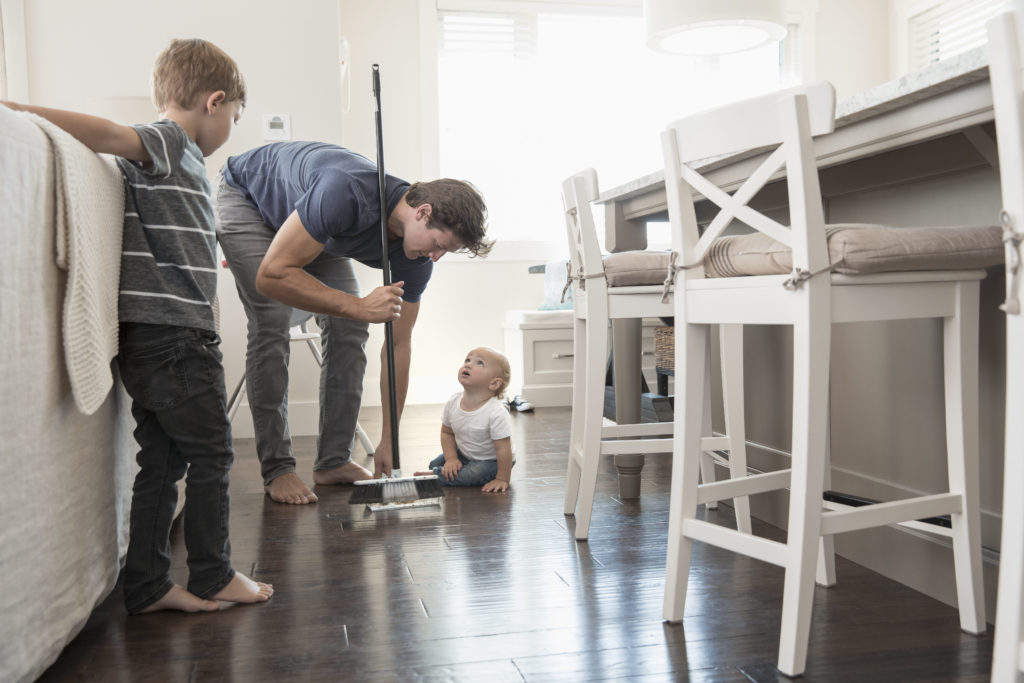
Were you just reaching for something and all of a sudden experienced severe lower back pain?
It’s scary how quickly and strongly the pain can debilitate you. The feeling that one wrong move will cause even more pain or cripple your ability to move is incredibly common; however, the situation is not as bad as it may seem.
What’s causing the lower back pain?
There are two components to this answer and we often see patients whom only address the first layer which creates a vicious cycle of chronic pain or recurring episodes of acute pain.
The first component is muscle spans, the issue most likely causing your pain right now. Muscle spasms occur when the large muscles (that act like pillars) on either side of your spine convulse involuntarily as a way of providing added stability to the spine. Your body uses this as a protective mechanism that can unfortunately cause severe pain.
People who know this typically reach for ice, heat, balms, electrical units, and even muscle relaxants. It’s true that getting your muscles to relax will relieve your pain, but there’s something else lurking under those muscles that, if left unaddressed, will leave yourself vulnerable to lingering pain or, even worse, another episode of severe lower back pain.
What’s causing the muscle spasms?
People will often blame the movement, suspecting they simply made one wrong move such as bending over with bad mechanics. This is probably true, especially in situations outside of what you ordinarily do, but for things you’ve done a million times before, like reaching for your shoes or unloading the dishwasher, why this time and why now?
Perhaps you’re thinking spinal disc herniation. But we’re here to tell you that making one wrong movement usually is not the root cause of a herniated disc.
An acute disc herniation would typically require more forceful impact such as an industrial accident or car collision. Otherwise, there are two explanations for the “everyday” disc herniation: cumulative injury and (more likely) genetics – both of these involve the disc slowly herniating over time.
Slowly herniating discs are an underlying issue that go undiagnosed in up to 63% of individuals who experience little to no pain despite their MRIs revealing one or more herniated discs.
Understanding acute spinal disc herniation makes this aforementioned scenario entirely plausible.
For example, let’s say you’ve had a herniated disc for years without knowing about it. Then one day you finally moved in such a way that the disc became more compressed than usual or the disc pressed onto a nearby nerve triggering a protective yet painful response by your body.
Now, the question becomes…
How do I go BACK to moving and living pain-free?
You were moving pain-free before and you will again. Below is our step-by-step approach to follow right when the pain hits:
Relax the muscles in spasm.
This is achieved by first finding a position of comfort (for many people this means lying face down) and then applying an external stimulus such as heat (sometimes ice), an electrical unit, or massage.
Muscle relaxant medication should be the last resort since it has a global effect and may impair our next step.
- For some people, stretching or compressing the muscles can also help them to relax. The positions below should offer almost immediate relief. It’s important to immediately discontinue the stretch if it increases your pain.


Reactivate the spinal stabilizer muscles.
The muscles that go into spasm typically create motion rather than stability, which is why it’s so painful for them to suddenly become stabilizers – they’re not designed for it.
To prevent the muscle spasms from coming back, you need to reactivate the muscles designed to provide stability. There are many exercises that can achieve this stability. Here’s a good example of one below that doesn’t require any equipment.

Re-train posture and movement mechanics.
Your posture is the starting block for any movement and has the potential to either promote efficient muscle recruitment or inhibit key muscle function. In standing, you can start by ensuring your pelvis isn’t tilted too far forward or backward – you’ll know its tilted forward if there’s an exaggerated curve in your lower back and your knees are locked straight.
On the flip side, if there’s no curve in your lower back and you can’t straighten your knees, it’s tilted too far back. An optimal pelvic tilt creates a soft curve in your lower back and knees while still allowing you to actively straighten your knees all the way. This neutral pelvic tilt places your spinal stabilizer muscles in the most optimal length for them to perform their best.
- A movement pattern that is too easily lost but extremely important for protecting your back is the hip hinge pictured below. Instead of hinging through your spine or relying on your back muscles to hold you up when you bend forward, this strategy places the load through the much larger hip joints and stronger hamstring muscles. It may require practice to master but is well worth the effort.

Though we’ve outlined the immediate steps to relieve severe lower back pain, there are countless additional details for each step that would require professional assistance.
It’s also important to note there are more than two potential causes of severe lower back pain, especially if not precipitated by an unnatural movement. These causes are often times more serious medical diagnoses.
Severe pain occurring anywhere in the body should always be assessed by a qualified health professional, such as a physical therapist who can initiate treatment or refer you to the appropriate provider based on the initial evaluation of your symptoms.
Download our Back Pain eBook
If you’re in severe pain, instead of spending hours scrolling through other blogs and YouTube videos, give our licensed therapists a call or request an appointment here. You’ll be seen by a Doctor of Physical Therapy who can determine not just the source of your pain but what postural movement and/or structural dysfunction led to this episode of severe lower back pain. Our therapists will be able to assess your injury and provide you with a personalized, targeted, and clear treatment plan so you can both feel better fast and prevent chronic pain or more acute pain episodes from occurring in the future.
At CORA, we’re here to help you get back to living life pain-free. Feel free to email us at connect@corahealth.com with any questions or to request more information.
